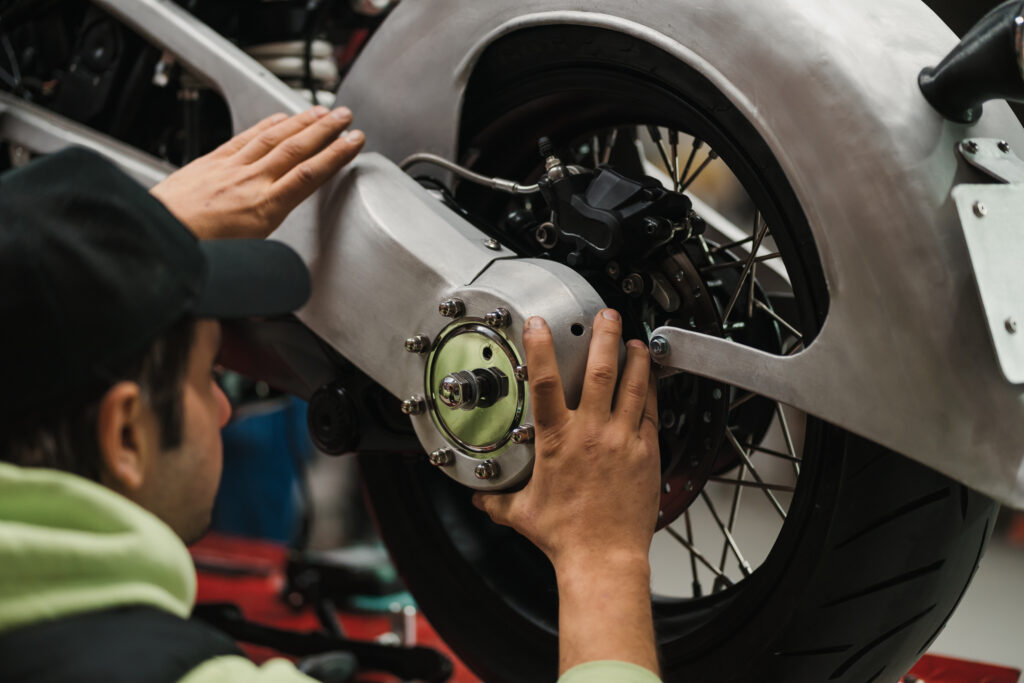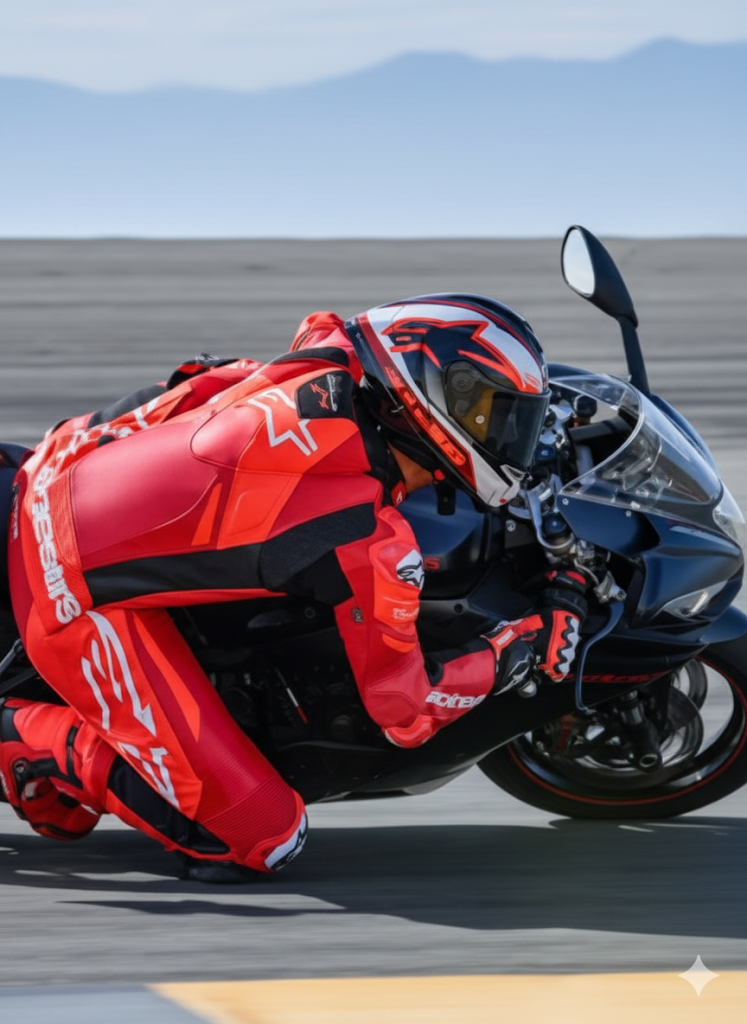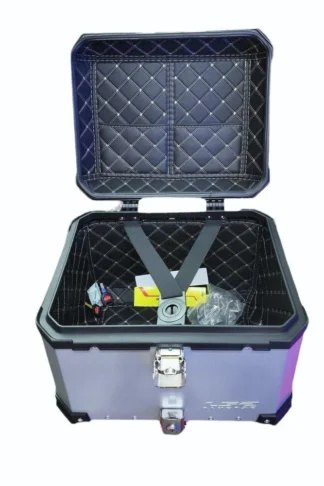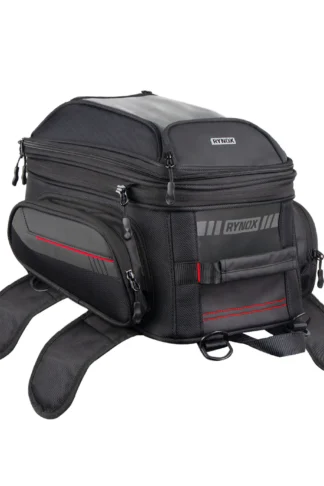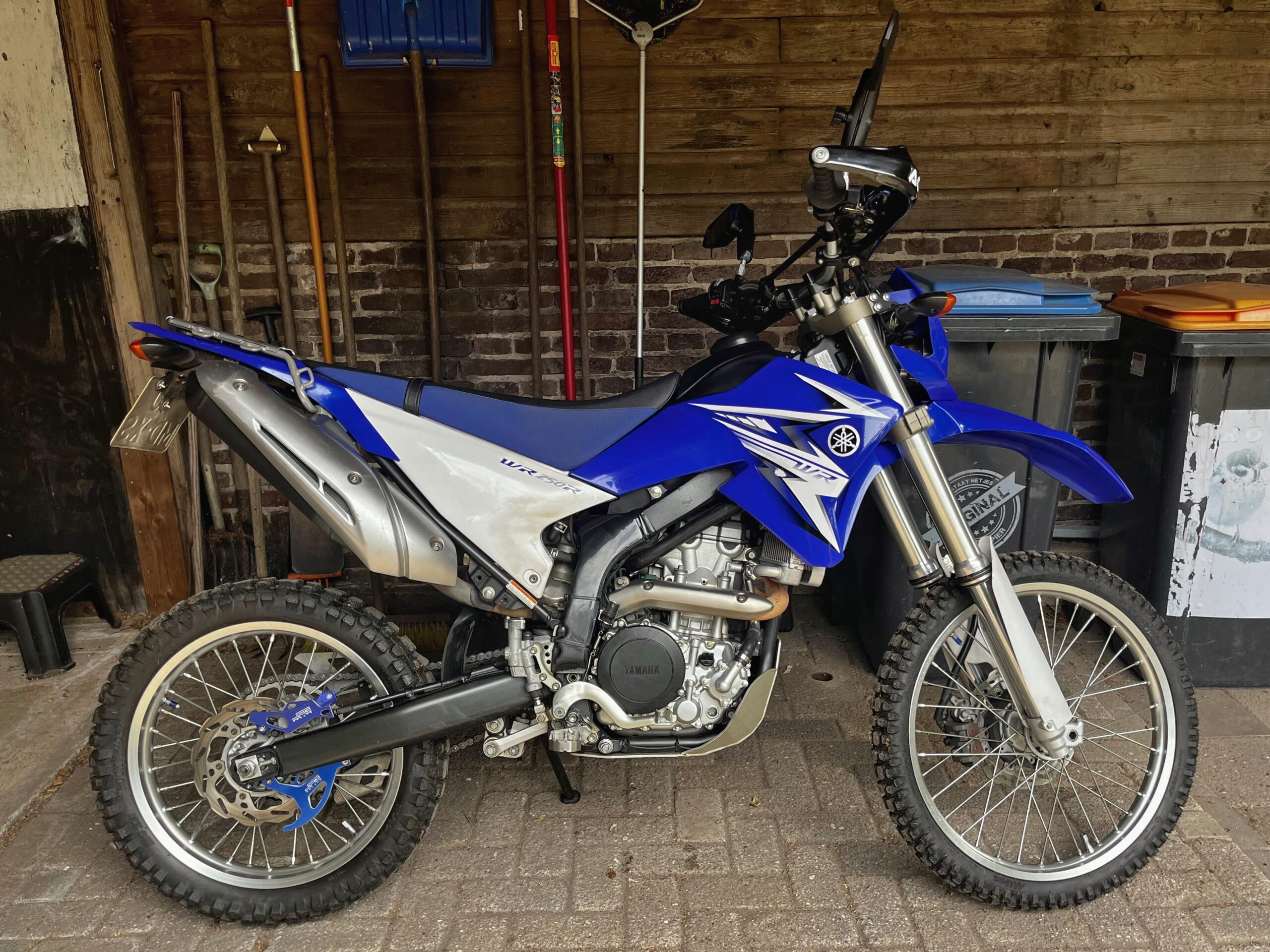
Introduction to Yamaha WR250X
The Yamaha WR250X is one of those rare motorcycles that quietly built a cult following. Released in 2008, it didn’t enjoy massive commercial success, nor did it stay long in Yamaha’s lineup. Yet, more than a decade later, it continues to inspire loyalty and admiration. Lightweight, agile, and surprisingly versatile, the WR250X was Yamaha’s street-legal supermoto version of its dual-sport WR250R.
This article explores the WR250X in detail—its origins, specifications, riding experience, and lasting influence in the world of lightweight motorcycles.

Origins and Development
The WR250X came to life during a time when manufacturers were experimenting with street-legal off-road hybrids. Yamaha had long been successful with dirt bikes and enduro machines, but in the mid-2000s, the appetite for supermotos—a style mixing motocross agility with road performance—was growing.
The WR250X was introduced alongside the WR250R in 2008. While the WR250R targeted riders who wanted an off-road-capable dual-sport, the WR250X was a pure street machine. Yamaha gave it 17-inch wheels, sticky sport tires, and upgraded suspension settings tailored for pavement. Unlike many supermotos of the time, which were converted dirt bikes, the WR250X was engineered as a factory-built option.
Its development aimed to balance three things: approachable power, reliability, and street readiness. Yamaha used a liquid-cooled, fuel-injected 250cc single-cylinder engine, tuned for smooth delivery rather than sheer horsepower. The frame and suspension drew inspiration from motocross machines, but with refinements to handle daily commuting and city riding.
Design and Styling
Unlike bigger supermotos, which often carry intimidating bulk, the WR250X feels approachable.
- Frame: Steel and aluminum hybrid, keeping weight low while maintaining durability.
- Wheels: 17-inch cast aluminum with sport tires, rather than knobbies.
- Brakes: Larger front disc (298mm) than the WR250R for stronger road performance.
- Styling cues: Minimal plastics, motocross-inspired fender, and slim profile.
The bike has an almost minimalist aesthetic—no unnecessary bulk, no fairings to hide behind. This naked simplicity makes it attractive to purists who value form following function.

Specifications
- Engine: 250cc, liquid-cooled, DOHC, 4-valve single-cylinder
- Power: Around 30 horsepower at peak
- Torque: 17–18 lb-ft
- Transmission: 6-speed
- Weight: ~299 lbs (wet)
- Seat Height: 35.2 inches
- Fuel Tank: 2.0 gallons
- Front Suspension: 46mm inverted fork, fully adjustable
- Rear Suspension: Single shock, adjustable
- Brakes: 298mm front disc, 230mm rear disc
Though modest on paper, these specs translated into a machine that punched well above its weight in real-world performance.
Riding Experience
City Riding
The WR250X feels most at home in the city. Its light weight and upright riding position make it easy to dart through traffic, climb curbs, and maneuver tight streets. With its narrow frame, filtering through congestion becomes second nature. Riders often compare it to a mountain bike with an engine.
Highways
On the highway, the limitations of a 250cc single show. Cruising comfortably up to 70 mph is possible, but anything above that feels strained. The small fuel tank also means frequent stops on long rides. Yet for many, this isn’t a dealbreaker—the bike wasn’t built for cross-country touring but for fun and agility.
Twisties and Tracks
Take the WR250X to a winding backroad or kart track, and it shines. The suspension absorbs imperfections while remaining planted in corners. Its braking system, particularly the large front disc, provides confidence. Riders can push it hard without the intimidation of high horsepower. This makes it an ideal training tool for improving cornering skills.
Comparisons
When released, the WR250X competed with machines like the Suzuki DR-Z400SM and the Kawasaki KLX250SF. Compared to the DR-Z400SM, the Yamaha was lighter and more refined but had less outright power. The KLX250SF, meanwhile, was cheaper but less performance-oriented.
What set the WR250X apart was its high-quality suspension and Yamaha’s reliability. Even though it had the smallest engine in its class, many riders argue it felt more polished.
Community and Cult Status
Though Yamaha discontinued the WR250X in 2011, demand never went away. Enthusiasts recognized its rarity and durability, which caused resale prices to remain high. In fact, many used WR250X models sell for close to their original MSRP, sometimes more.
Owners often praise:
- Low maintenance needs compared to high-strung dirt bike supermotos.
- Versatility for commuting, weekend fun, and light touring.
- Aftermarket support, including exhausts, gearing changes, and suspension upgrades.
The WR250X also has an online community presence. Forums, social media groups, and YouTube channels keep the bike’s spirit alive, with owners sharing modifications and ride videos.
Strengths and Weaknesses
Strengths:
- Lightweight and flickable.
- Reliable engine with long service intervals.
- High-quality suspension.
- Unique, factory-built supermoto identity.
Weaknesses:
- Limited power for highway touring.
- Small fuel tank.
- Discontinued, making parts harder to source.
- High resale prices can be a barrier.
Legacy and Influence
The Yamaha WR250X didn’t sell in massive numbers, but its influence lives on. It showed that manufacturers could deliver a street-legal supermoto with refinement and factory engineering. Today, many riders who start with the WR250X eventually graduate to larger machines, but they look back fondly at the Yamaha as the bike that sharpened their riding skills.
In many ways, the WR250X represents motorcycling at its core: simplicity, fun, and connection with the road. It may not break speed records, but it doesn’t need to. For riders who value agility over raw power, it remains close to perfect.
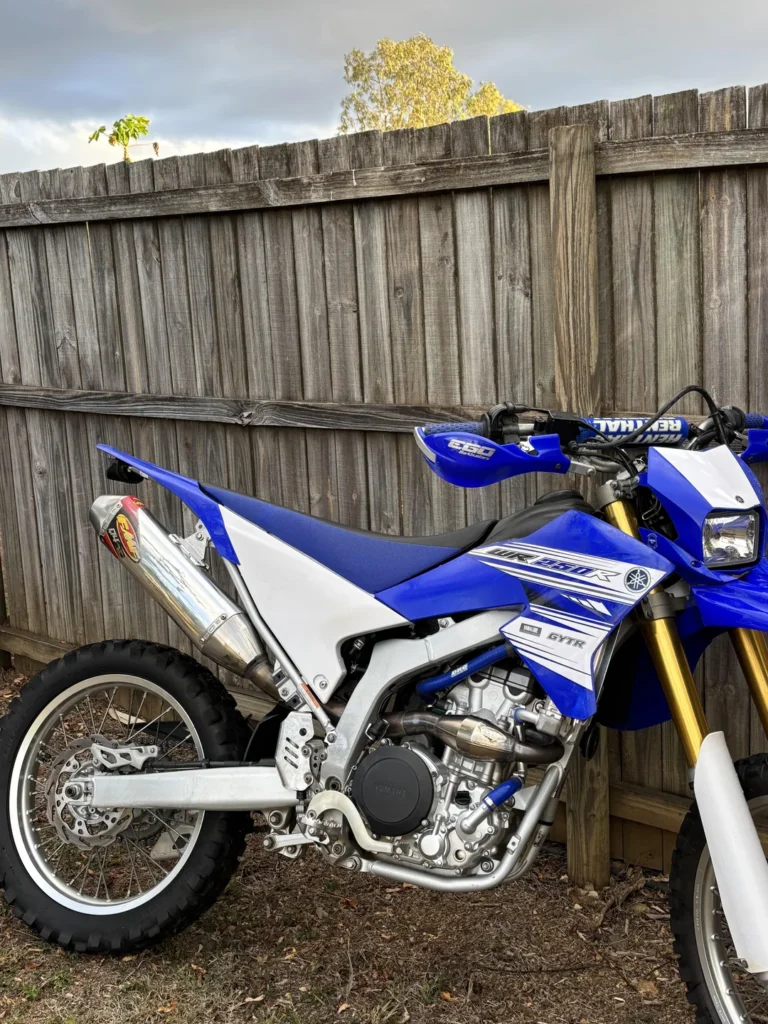
The Yamaha WR250X is a supermoto-style motorcycle with both strengths and drawbacks.
Advantages
- Lightweight and nimble, making it easy to handle in city traffic and twisty roads.
- High ground clearance and long-travel suspension give it versatility on rough streets.
- Reliable, low-maintenance engine that lasts well if cared for.
- Comfortable upright riding position.
- Good fuel efficiency for daily use.
Disadvantages
- Limited top speed and power; struggles on highways compared to bigger bikes.
- Small fuel tank, meaning frequent refueling on longer rides.
- Tall seat height, not ideal for shorter riders.
- Less comfortable for long-distance touring.
- Discontinued model, so parts and availability can be harder to find.
Conclusion
The Yamaha WR250X is more than just a discontinued motorcycle—it’s a symbol of how less can be more. While many modern bikes chase higher horsepower and complex electronics, the WR250X stays timeless by keeping things straightforward. Lightweight, reliable, and endlessly fun, it continues to inspire a devoted following long after production ended.
If you see one for sale, you’ll likely notice two things: it won’t be cheap, and it won’t be available for long. That says everything about its legacy.
For more info about the Yamaha WR250X visit Yamaha
Buy the all-new 45L Aluminium LS2 Top Box Pannier Motorcycle Purple






